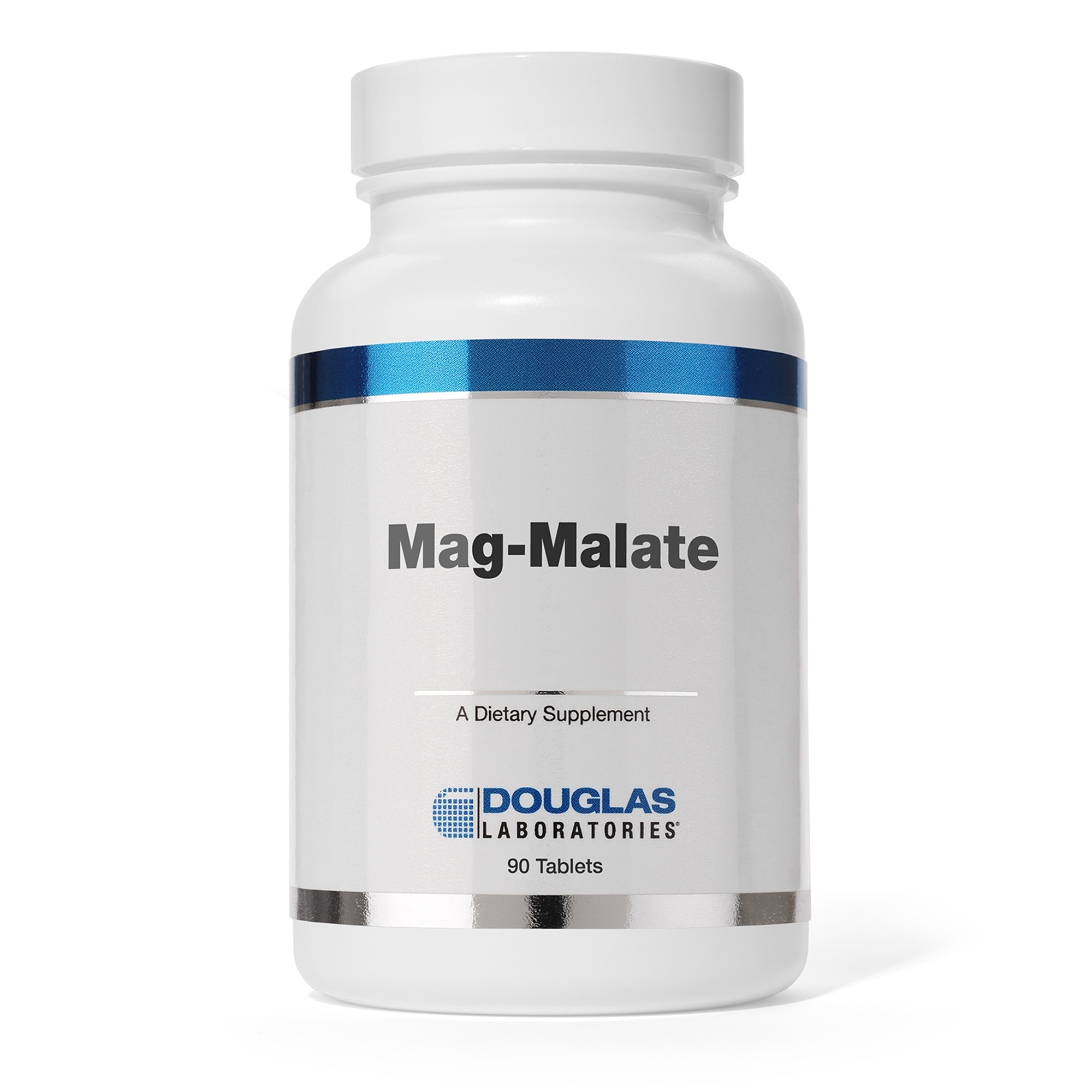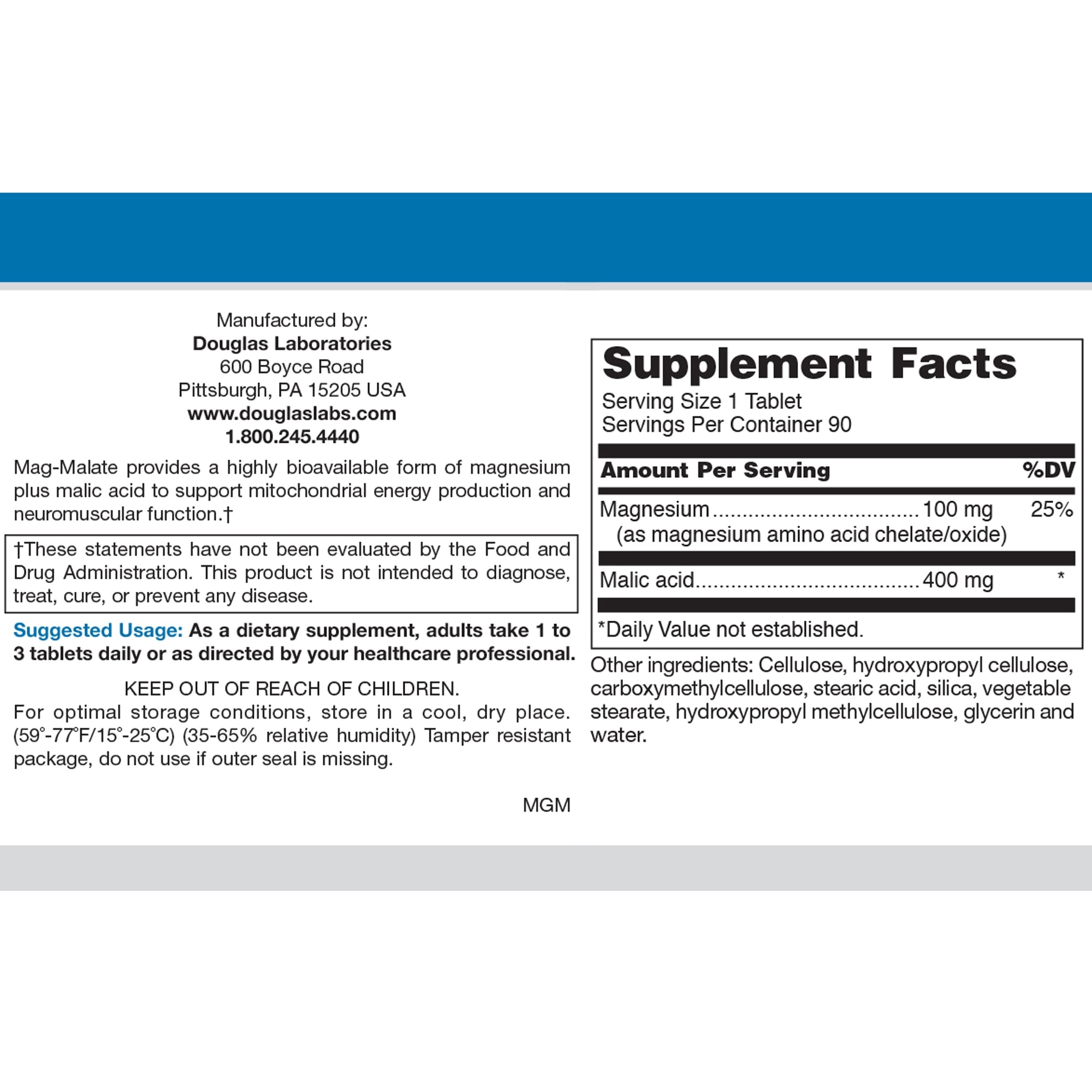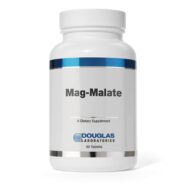As a dietary supplement, adults take 1 to 3 tablets daily or as directed by your healthcare professional.
Serving Size: 1 Tablet
Amount Per Serving
Magnesium …100mg
(as magnesium amino acid chelate/oxide)
Malic acid ...400mg
Other ingredients: Cellulose, hydroxypropyl cellulose, carboxymethylcellulose, stearic acid, silica, vegetable stearate, hydroxypropyl methylcellulose, glycerin and water.









Reviews
There are no reviews yet.